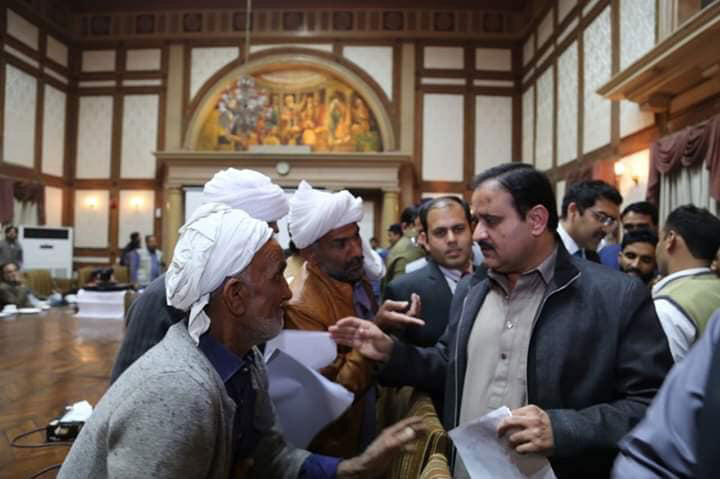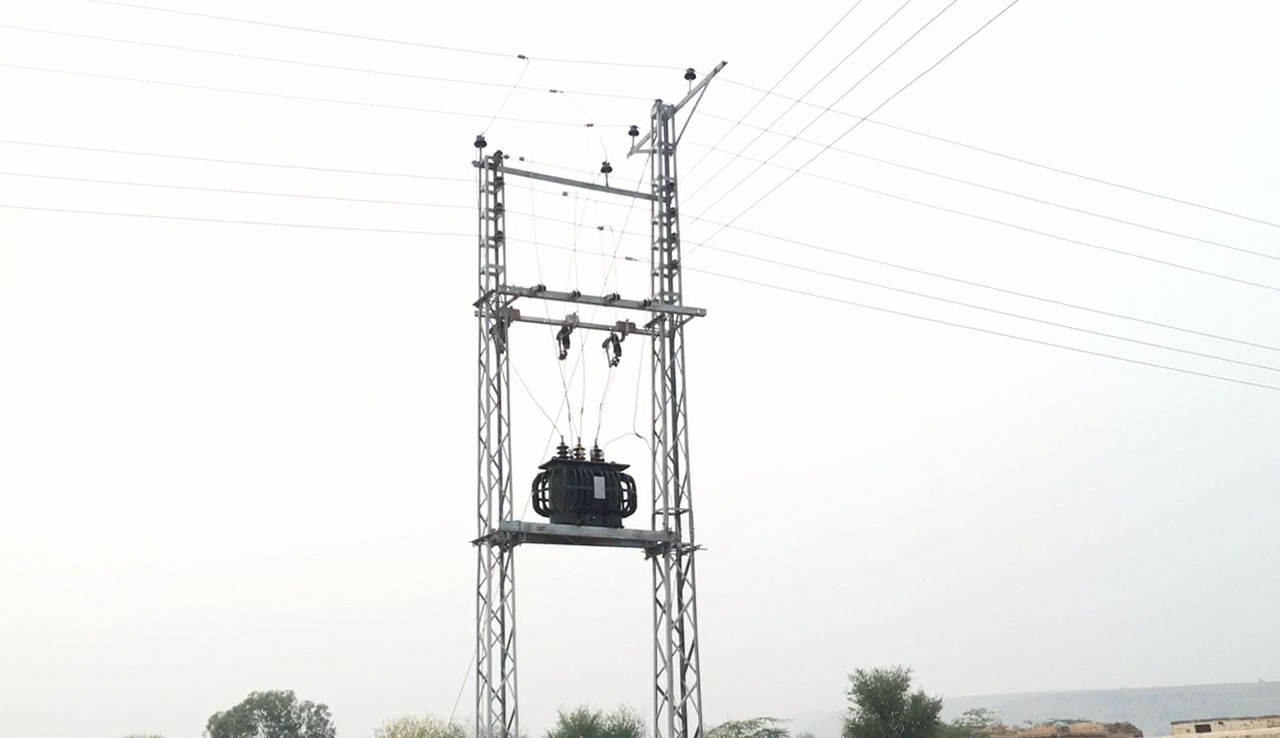When Prime Minister Imran Khan named the unassuming Usman Ahmad Khan Buzdar to helm Punjab, a politically important province, he enthused over the decision in a video message. Buzdar belongs to the most impoverished areas of Punjab, Khan announced. The people in his village “have no water, no electricity, no hospitals” since before the partition of Pakistan, the premier added, which is why he was best suited to improve living standards in the ignored stretches of the province.
Was the prime minister right?
The 50-year-old has been in office for nearly five months, to date, elected as chief minister of Punjab in August. While it may be too early to judge if Buzdar will live up the prime minister’s expectations, changes are nonetheless visible in the Dera Ghazi Khan district, his hometown.

The district, a six hours drive from Lahore, is nestled snugly at the single point where the the borders of all four provinces meet. Of its estimates 300,000 population, over half live in the tribal areas.
In a maiden trip back to his village, Barthi, in November, after assuming office, Buzdar promised to roll out development projects worth billions of rupees for Dera Ghazi Khan. The initiatives would include a 178 kilometer road that cuts through the district connecting its most deprived villages, setting up Rescue 1122, the ambulance service, in the tribal belt, and establishing a technical university and college in the area. Furthermore, quota in educational institutes and government jobs for the young people of DG Khan would be increased.
In the same trip, he inaugurated an Urban Bus Service between the Taunsa area and the DG Khan city of the district. As part of the first phase, five intercity buses will run in DG Khan and three in Taunsa. Also, to facilitate the underprivileged the charge per stop would not exceed Rs. 10.
"I am from the public,” he intoned before the gathered crowd, “I know the public issues. I will personally see the progress on the announced projects.”
Last month, the dolphin force, a special police unit tasked to fight street crime, that was launched by Buzdar’s predecessor in Lahore, spurred to action in DG Khan. So far, it consists of seven personnel. The numbers are expected to be increased in the coming months.

Over in the chief minister’s village, Barthi, electricity has finally arrived. Work to light up adjoining areas is also ongoing, as high-voltage electricity poles are being embedded.
On his return back to Lahore, the chief minister launched a citizen complaints centre at his office. “We can now finally take our complaints directly to the chief minister house in Lahore,” a resident told Geo.tv. “For some of us, it is also an opportunity to get a selfie taken with him.”
Separately, one sticking point in his hometown is the anti-encroachment drive, launched to retrieve illegally occupied state land. The authorities overlooking the drive, have left half demolished buildings and mountains of debris across DG Khan. Even though the waste management had announced to have these removed, on the directives of the CM Punjab, not much has been done to date.
In five months, the chief minister has successfully rolled out a slew of initiatives in the constituency that elected him. But will they be realised during his five-year term? And what of the other underdeveloped cities of Punjab? The answer to these questions will only be clear in the coming months.


